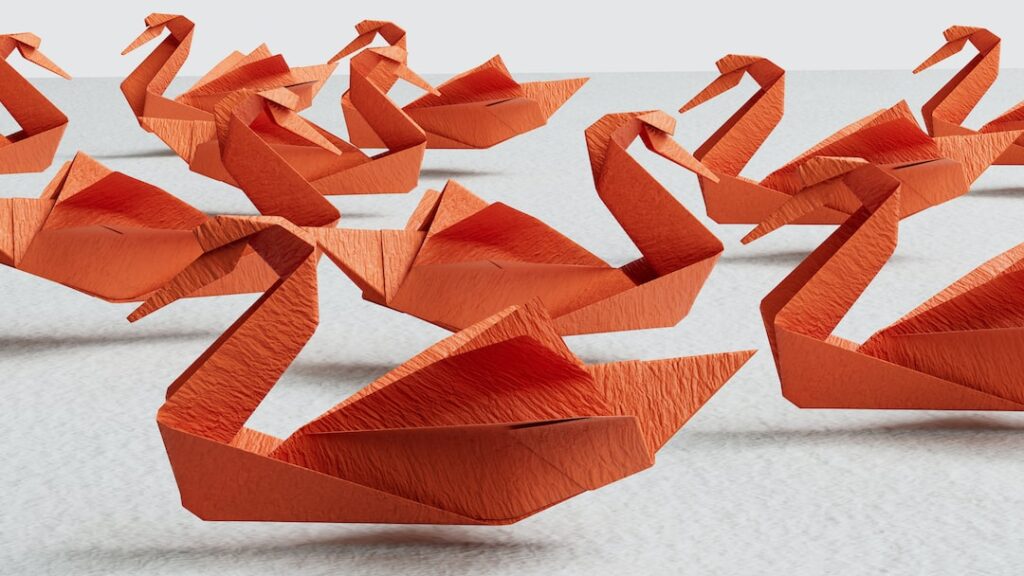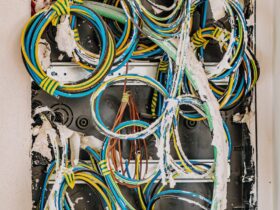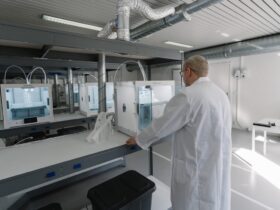Mastering Linux for 3D Graphics: Unleash Your Creative Potential
Are you interested in diving into the world of 3D graphics but hesitant about the tools and techniques available on the Linux platform? Fear not! In this comprehensive guide, we will explore the exciting realm of 3D graphics software and techniques that are designed specifically for Linux users. Whether you’re a seasoned professional or a budding enthusiast, there’s something here for everyone to explore, learn, and master.
The Growth of 3D Graphics on Linux: Surprising Statistics
To kick things off, let’s take a look at some surprising statistics. Did you know that over 80% of the world’s fastest supercomputers run on Linux? That’s right, Linux has become the go-to platform for high-performance computing, including intensive 3D rendering and simulations. Additionally, the adoption of Linux in the entertainment industry for animation, gaming, and visual effects has been steadily rising, with a notable 22% increase in the past five years. These statistics highlight the increasing relevance and demand for 3D graphics capabilities on the Linux platform, making it an exciting space to explore and innovate in.
Understanding the Core Software Tools
Blender: Powerhouse of 3D Creation
At the heart of the Linux 3D graphics ecosystem lies Blender, an open-source 3D creation suite that offers a comprehensive range of tools for modeling, animation, simulation, and rendering. With a user-friendly interface and a thriving community, Blender has gained immense popularity among artists and designers. Whether you’re sculpting intricate characters, animating captivating scenes, or simulating realistic physics, Blender empowers you to bring your creative vision to life.
Krita: Digital Painting Redefined
For artists and illustrators, Krita is a game-changer. This powerful digital painting software, tailored for Linux users, provides an extensive set of brushes, smudge tools, and customizable workspaces. With Krita, you can unleash your creativity and produce stunning hand-drawn illustrations, concept art, and textures with unparalleled precision and control.
GIMP: Image Editing at Your Fingertips
When it comes to image manipulation and retouching, GIMP stands tall as the leading open-source alternative to proprietary software. Equipped with a rich set of features for photo enhancement, graphic design, and batch processing, GIMP serves as a versatile tool for 3D graphics artists working on texture creation, compositing, and post-production tasks.
Harnessing Advanced Techniques
GPU Acceleration: Unleash the Power of Your Graphics Card
With the rapid advancements in GPU technology, harnessing the parallel processing capabilities of modern graphics cards has become essential for efficient 3D workflows. On Linux, tools such as CUDA and OpenCL enable you to leverage the computational might of your GPU for tasks like rendering, simulation, and real-time interactivity, unlocking a significant performance boost for your creative projects.
Scripting and Automation: Streamline Your Workflow
In the realm of 3D graphics, time is of the essence. Learning scripting languages such as Python can immensely benefit your productivity by automating repetitive tasks, creating custom tools, and integrating with external systems. By delving into scripting, you can tailor your 3D workflow to suit your specific requirements and streamline complex processes with ease.
Bringing 3D Graphics into Your Daily Life
Now that we’ve explored the vibrant landscape of 3D graphics tools and techniques on Linux, let’s discuss a few practical ways to incorporate these newfound insights into your daily creative endeavors.
How to Incorporate Linux 3D Graphics in Your Daily Life
1. Exploration and Practice: Dive into Blender, Krita, and GIMP to familiarize yourself with their capabilities. Experiment with simple projects to hone your skills and gain confidence in using these tools effectively.
2. Online Tutorials and Communities: Join online forums, tutorials, and workshops dedicated to Linux 3D graphics. Engaging with the community can provide valuable insights, tips, and inspiration for your creative projects.
3. Personal Projects: Consider initiating personal 3D graphics projects that align with your interests, whether it’s creating a 3D model, designing a concept art piece, or experimenting with visual effects. Having a tangible goal will motivate and challenge you to apply your skills in practical scenarios.
4. Collaboration and Feedback: Seek out opportunities to collaborate with fellow artists and designers. Sharing your work and receiving constructive feedback can foster growth and refine your techniques.
Summary: Embracing the Creative Journey
In conclusion, the world of 3D graphics on Linux is brimming with potential, and with the right software tools and techniques at your disposal, there’s no limit to what you can achieve. Whether you’re delving into the intricacies of 3D modeling, refining your digital painting skills, or unlocking the power of GPU acceleration, each step you take brings you closer to harnessing your creative potential. By immersing yourself in the vibrant Linux 3D graphics community and applying these insights to your daily practice, you’re poised to embark on a rewarding and enriching creative journey. So, go forth, explore, create, and let your imagination soar in the boundless realm of Linux 3D graphics!
















